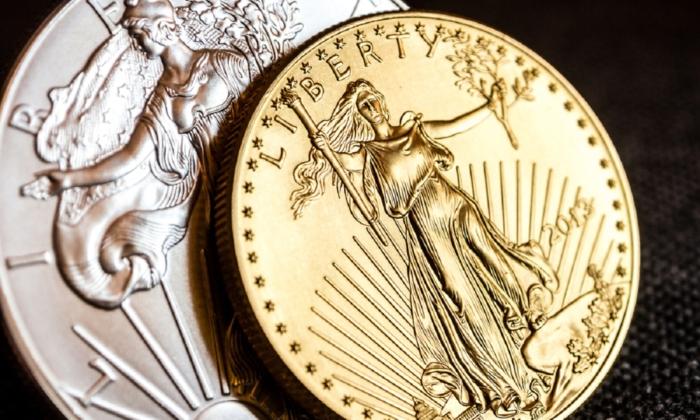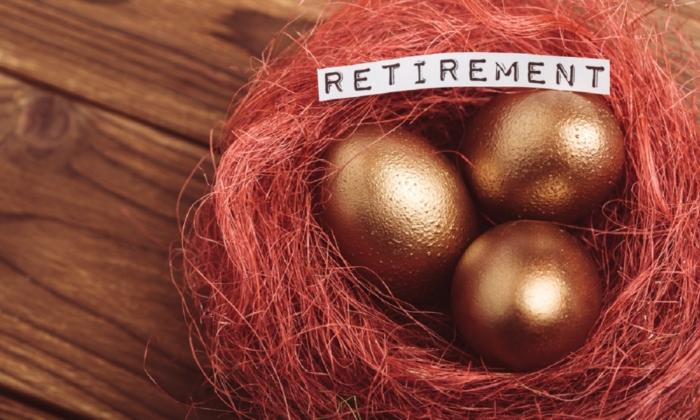It’s no secret that gold makes a worthwhile investment. For years, investors have purchased gold in times of crisis to protect their assets from market fluctuations and significant financial losses.
Now that volatility seems to be increasing in the market, investors are looking for more stable investments. Gold and other precious metals are renowned for maintaining valuable stability during high market volatility.
Gold in Times of Crisis and Market Volatility
Experienced traders and investors love flocking to gold when equity markets show instability. Investors in gold must analyze price behavior and keep track of market activities and interest rates.ETFS Physical Precious Metals Basket Shares
ETFS Physical Precious Metals Basket Shares (GLTR) are exchange-traded products allowing investors to track market gold performance.SPDR Gold Shares
SPDR Gold Shares (GLD) shows that the price of gold has experienced a steady increase over the last 18 months. Currently, SPDR gold shares show that medium-term momentum has a faster growth rate than long-term momentum, indicated by the divergence of the 50-day and 200-day moving averages.Gold’s Powerful Role Throughout History
Gold is more than a robust investment. Throughout history, people have used gold to seek refuge in times of crisis by using it to gain safe passage across borders and even bail out entire countries.Gold and Vietnam Refugees
Many Vietnamese began fleeing the southern part of their nation following the war in 1976. Although force accounted for part of this mass exodus, it also had to do with government discrimination and a fallen economy.Refugees fled the country by claiming spots on large ships run by smugglers. However, since the Vietnamese communist government often supported these ships, only those who could pay the smugglers and government officials could secure a spot on the boat.
Generally, the smugglers and government officials demanded 10–12 taels of 24 karat gold per adult; children had a price of one tael. (A tael is a measure of 50 grams, or 1.75 ounces.)
Most Vietnamese refugees used Kim Thanh gold bars, and this payment consisted of two large yet slim bars and a single small bar.
Since they used rice paper to cover the bars, the total weight of the payment was one tael, making them easily portable.
While some Vietnamese people used Kim Thanh, others did not store their wealth in gold. For those without gold bars to find safe passage, they had to convert their current assets.
Thus, the Saigon tael banking system arose in the 1970s, allowing refugees to convert their belongings and assets into gold.
South Korea and Gold Mobilization
In late 1997, South Korea began experiencing an economic crisis. With an overwhelming external debt, the South Korean government called on the International Monetary Fund for a multibillion bailout package.Unfortunately, this call gave South Korea the largest bailout in history, creating a national embarrassment and leaving a mark on the South Korean reputation.
The government spontaneously decided to start mobilizing a gold-collection campaign to restore the country’s reputation. The goal was to help pay off the country’s international debts and rebuild its economy.
The campaign encouraged Korean citizens to sell their gold for prices below market value to show their love for their nation and come together to help get South Korea out of debt.
The citizens’ sold gold was melted down and turned into gold bars, which the government sold on the international market.
The campaign was a patriotic success as Korean citizens lined up by the dozens at central banks to sell their gold assets. These assets ranged from wedding rings to gold watches and buttons.
Citizens of all societal classes joined the campaign, including famous baseball player Lee Chong-bum. The Korean baseball player sold 31 ounces of gold from his trophies and medals to his bank.
From January to April 1998, the South Korean patriotic gold-collection campaign collected $2.13 billion worth of gold (about 227 tonnes). The gold came from 23 percent of South Korean households.
Gold in Times of Crisis in Argentina
When it comes to economic downturns, Argentina is all too familiar. From 1989 to 1990, the country experienced hyperinflation. Then, only a decade later, the nation suffered a financial crisis fin 2001–02, during which the peso’s value was reduced by 75 percent.Like any knowledgeable investor would do, many Argentinians turned to gold in response to the constantly fluctuating economy. Since the government imposed various banking restrictions, capital controls, and banking account freezes, many residents started buying physical gold.
Their gold assets came in several forms, including Chilean gold bullion coins, British gold sovereigns, and South African Krugerrands.
In addition, many Argentinians possess various other gold items, including jewelry. As a nation familiar with extreme market fluctuations, the Argentinian people rely on their gold for emergency funding and wealth preservation.
Gold as a Hedge Against Inflation in Venezuela
Venezuela is another South American country that finds itself too familiar with economic crises. The country experiences hyperinflation and a collapsing currency on top of social unrest and other troubles. As a result, the government has essentially replaced paper currency with gold.Venezuelans use gold for almost everything, including bartering and paying for goods. In many cases, citizens use gold to pay for food directly.
From dealers in the El Silencio district to nearby nations like Columbia, Venezuelans acquire their daily necessities by trading their gold possessions. Even real estate agents are receiving their payments in gold.
Gold for Food in Zimbabwe
Zimbabwe shares its economic struggles with many of the previously mentioned countries by experiencing a period of hyperinflation. However, for the people of Zimbabwe, their financial struggles primarily result from election fraud, government corruption, dictatorship, and an economic collapse.Due to excessive money printing in 2007, the country’s economy met with severe hyperinflation. As a result, Zimbabwe’s annual inflation rate increased to 231 million percent, while the value of the Zimbabwean dollar decreased by 99.9 percent.
With the historically high levels of hyperinflation, many Zimbabweans struggled to find necessities. Eventually, the country adopted the bartering and trading system, which led to many food suppliers only accepting gold.
Zimbabwe is rich in gold resources; however, most people have had to resort to illegal gold mining.
Due to the country’s various economic struggles, Zimbabwe became the first country in the twenty-first century to experience hyperinflation. Now, with an abolished government, the country is preparing for another round of hyperinflation.
However, those with gold are more prepared for the impending crisis than others, showing the unique stability of precious metals.





